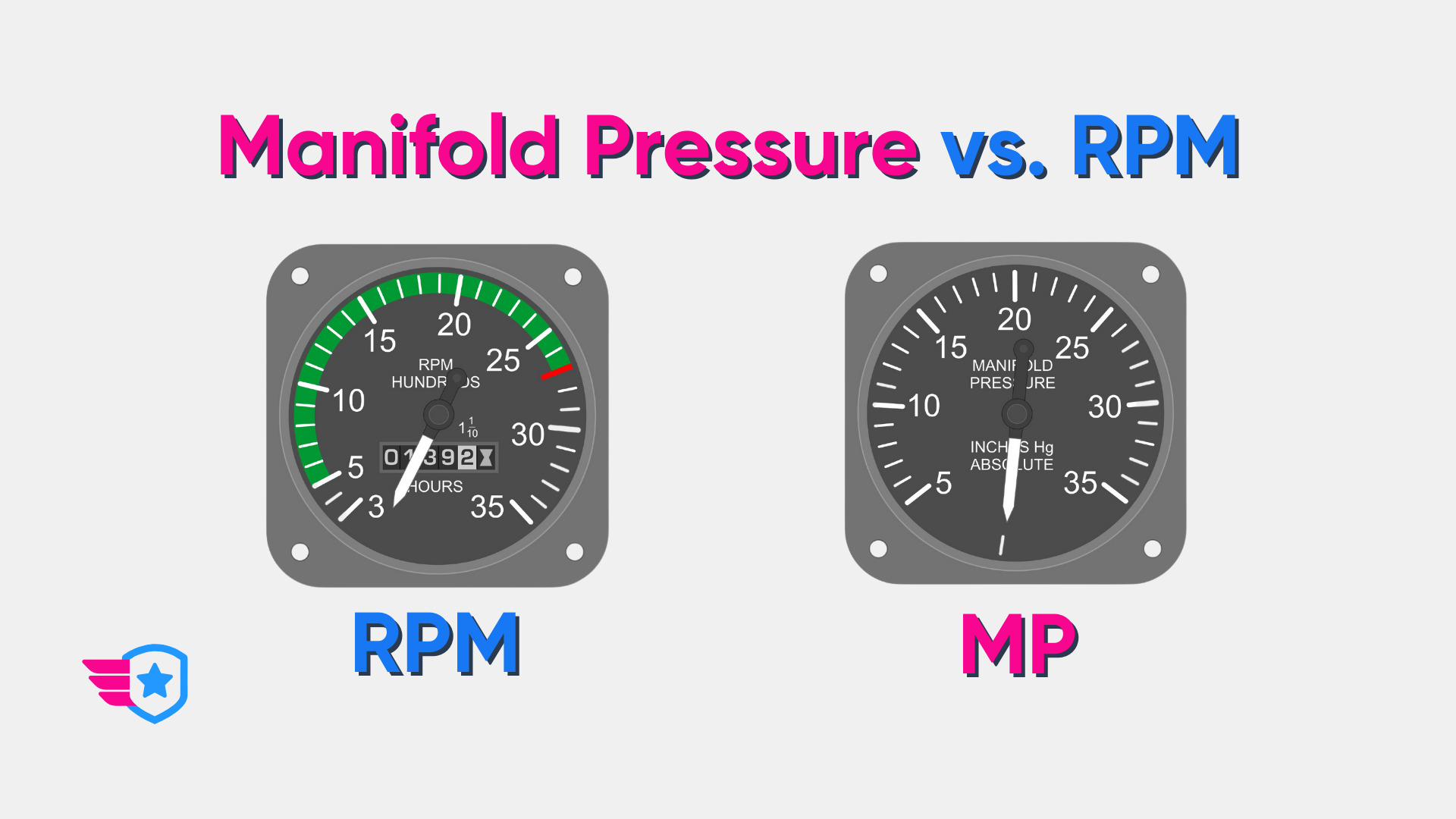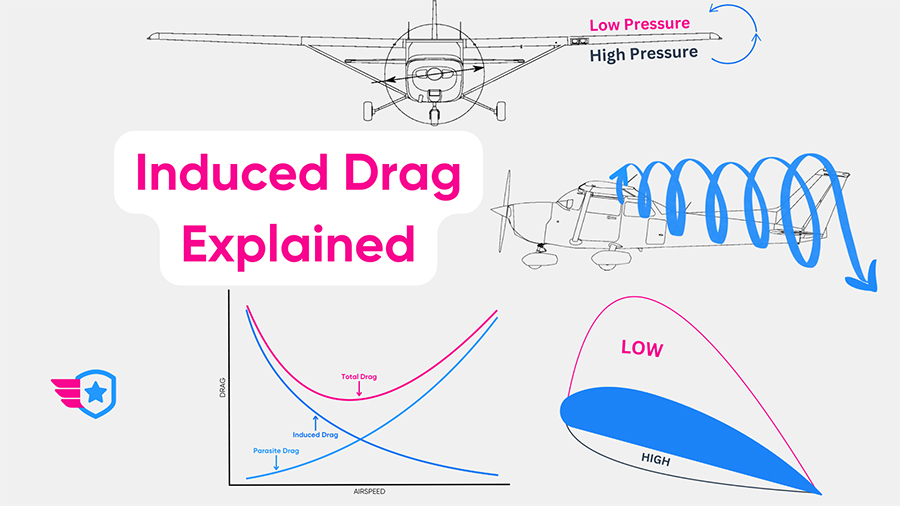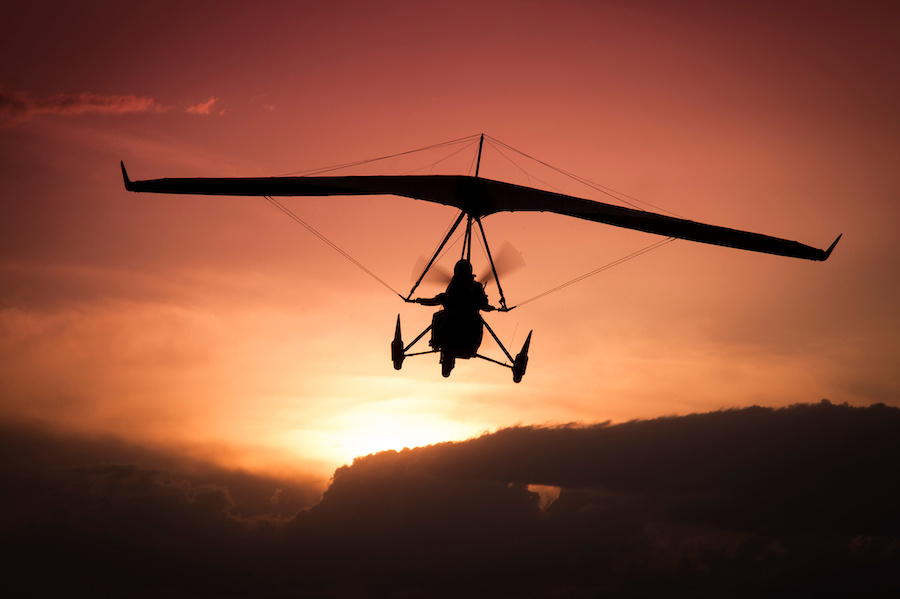-
Key Takeaways
-
Key Differences Between Manifold Pressure and RPM
- Fixed Pitch Propeller
- Variable Pitch Propeller
-
What is Manifold Pressure (MP)?
-
What is RPM?
-
Understanding the Pitch Lever
-
How to Use RPM and Manifold Pressure Controls in Flight
- Increasing Power - Pitch First, Throttle Second (Right to Left)
- Decreasing Power - Throttle First, Pitch Second (Left to Right)
- Why in This Order?
-
Final Thoughts
Confused about the difference between Manifold Pressure and RPM? You’re not alone.
Manifold Pressure (MP) gauges the engine’s intake air pressure, indicating engine power, while RPM (Revolutions Per Minute) shows the engine and, by extension, propeller rotational speed, critical for efficiency during different phases of flight.
Incorrectly setting the Manifold Pressure and RPM can lead to inefficient performance and even potential damage to the engine.
In this article, we’ll explain the differences and how to use them correctly.
Key Takeaways
- Manifold Pressure (MP) refers to the air pressure within the engine’s intake manifold.
- RPM, or Revolutions Per Minute indicates how fast the engine’s crankshaft and, indirectly, propeller is spinning.
- While RPM indicates the engine’s speed, it doesn’t directly measure power.
- The pitch lever, commonly known as the propeller control or the blue lever in many cockpits, allows pilots to adjust the angle or pitch of the propeller blades during flight, controlling RPM.
- Effective power management in an aircraft relies on the coordinated use of both the throttle for MP and the pitch lever for RPM.
- Navigating the dance between Manifold Pressure and RPM might sound a bit intimidating, but it improves engine efficiency and performance significantly.
Key Differences Between Manifold Pressure and RPM
Manifold Pressure (MP) refers to the air pressure within the engine’s intake manifold.
Essentially, it measures the air pressure available to draw into the cylinders during the intake phase.
RPM, or Revolutions Per Minute, is a direct measure of engine speed. RPM indicates how fast the engine’s crankshaft is spinning, and, indirectly, the speed that the propeller is spinning.
While RPM indicates the engine’s speed, it doesn’t directly measure power.
An engine can run at high RPM but produce minimal power, especially if the MP is low. Conversely, an engine can generate significant power at low RPM if the MP is high.
A higher MP generally indicates a higher volume of air (and, consequently, fuel) entering the combustion chambers. This directly impacts the power the engine generates. However, it’s vital to remember that this isn’t a linear correlation, as other factors come into play.
An important distinction that plays into the Manifold Pressure and RPM relationship is the type of propeller an aircraft uses: fixed pitch or variable pitch.
Fixed Pitch Propeller
With these propellers, the blade angle remains constant and cannot be adjusted during flight. Consequently, there’s a direct relationship between throttle adjustments, MP, and RPM.
Increase the throttle, and both the MP and RPM rise. It’s a straightforward system, but it lacks the flexibility of its variable counterpart.
Variable Pitch Propeller
Variable pitch propellers, often termed “constant-speed propellers,” allow pilots to adjust the blade angle during flight using a propeller control.
This means pilots can modify the RPM independently of the MP to some extent.
By doing so, pilots can optimize performance for different flight conditions, ensuring efficient power delivery while maintaining engine safety parameters.
What is Manifold Pressure (MP)?
At its core, MP measures the air pressure within the intake manifold of an aircraft’s engine.
Think of the intake manifold as a series of tubes directing air (and sometimes fuel) to the engine’s cylinders. The pressure of this incoming air is what we refer to as the manifold pressure.
When you adjust the throttle, you’re essentially manipulating the manifold pressure.
Manifold pressure is typically measured in Inches of Mercury.
A higher MP typically signifies that there’s a higher volume of air entering the combustion chambers. This increased air volume, combined with the appropriate amount of fuel, allows for more powerful combustion, resulting in greater power output from the engine.
MP isn’t static; it can change based on a variety of circumstances.
For example:
- Altitude: As an aircraft climbs and the surrounding atmospheric pressure drops, the manifold pressure tends to decrease. Conversely, descending often results in an increase in MP.
- Throttle Settings: As mentioned earlier, adjusting the throttle directly impacts MP. Opening the throttle increases MP, providing more power, while reducing the throttle has the opposite effect.
- Different engines have distinct optimal MP ranges, depending on their design and intended use.
Monitoring and understanding MP is essential for optimizing engine performance and ensuring its longevity.
By operating within the recommended MP range for specific flight phases (like takeoff, cruise, and descent), pilots can enhance efficiency, save fuel, and reduce engine wear.
What is RPM?
Revolutions Per Minute (RPM) measures how quickly the engine’s crankshaft is rotating. In simpler terms, it gauges the number of complete cycles the engine makes in a minute.
This rotation is integral to the engine’s operation, driving the propeller and ultimately converting fuel into motion.
While RPM provides insight into the engine’s speed, it doesn’t directly equate to power. An engine can run at high RPM and produce minimal power, especially if other factors (like Manifold Pressure) aren’t optimal.
While the throttle mainly affects Manifold Pressure, pilots often use a separate propeller control in variable-pitch propeller aircraft to adjust RPM, often known as the “pitch lever.” This allows for fine-tuning RPM based on the phase of flight.
Optimal RPM settings can lead to better fuel efficiency, performance, and quieter operations.
Understanding the Pitch Lever
The pitch lever, commonly known as the propeller control or the blue lever in many cockpits, allows pilots to adjust the angle or pitch of the propeller blades during flight.
This adjustment changes the bite the propeller takes out of the air, affecting the engine’s RPM.
By manipulating the pitch lever, pilots can optimize the balance between power (as indicated by Manifold Pressure) and propeller speed (RPM).
By adjusting the pitch lever, pilots can keep the RPM within safe operating limits, especially during critical phases of flight, like takeoff and landing.
Many variable pitch propellers come equipped with a governor. This system automatically adjusts the propeller blade angle to maintain the RPM set by the pitch lever, ensuring consistent and safe operations.
How to Use RPM and Manifold Pressure Controls in Flight
Effective power management in an aircraft relies on the coordinated use of both the throttle and the pitch lever.
The order in which you adjust these controls is essential to ensure smooth changes in power without overloading the engine or propeller.
Increasing Power – Pitch First, Throttle Second (Right to Left)
When increasing power, begin by adjusting the pitch lever to increase RPM.
Changing the propeller blade angle to a finer pitch allows for a faster rotation, preparing the engine for the upcoming power increase.
After setting the desired RPM with the pitch lever, smoothly advance the throttle to increase the Manifold Pressure (MP). This action introduces more air and fuel into the engine, resulting in a power increase.
Decreasing Power – Throttle First, Pitch Second (Left to Right)
When reducing power, start with the throttle. Gently pull it back to decrease MP.
This initial reduction in power ensures the engine doesn’t become overburdened when the RPM is reduced.
Following the throttle adjustment, manipulate the pitch lever to decrease RPM. Setting the blade to a coarser pitch reduces the propeller’s speed.
Why in This Order?
The sequence in which you adjust these controls matters.
When increasing power, it’s essential to adjust pitch first to prevent excessive strain on the engine. A coarse (low RPM) pitch creates resistance in the engine – increasing power (throttle, MP) with this low pitch can cause strain.
Conversely, when reducing power, it’s vital to reduce the throttle first for the same reason.
The interaction between MP and RPM is a delicate dance. Keeping a close eye on both ensures you’re operating within the engine’s safe parameters, and not over-stressing any component.
As a general rule, you want to keep Manifold Pressure (in inches of mercury) below RPM. For example, if your RPM is 2,300, you want to keep Manifold Pressure at or below 23”.
Regularly practicing power adjustments under different conditions will lead to smooth, efficient, and safe operations.
It is particularly important to memorize the specific RPM and Manifold Pressure settings for certain phases of flight like climb or cruise. These RPM and Manifold Pressure settings will provide the optimal performance from the engine during a particular phase of flight.
Final Thoughts
Navigating the dance between Manifold Pressure and RPM might sound a bit intimidating, but it’s all about giving your aircraft the best performance while keeping things efficient and safe.
Think of it like fine-tuning a musical instrument: getting the balance just right makes all the difference.




